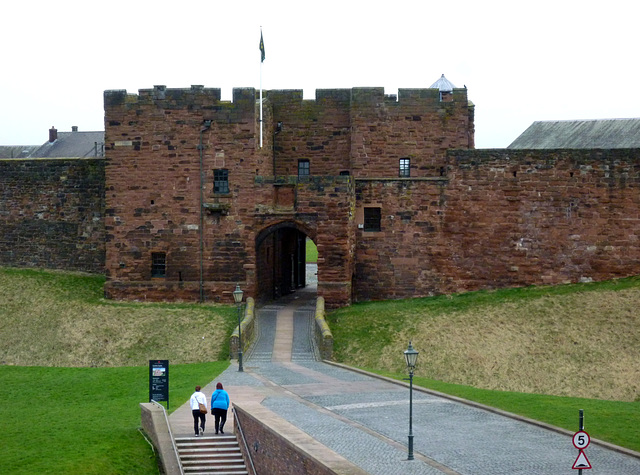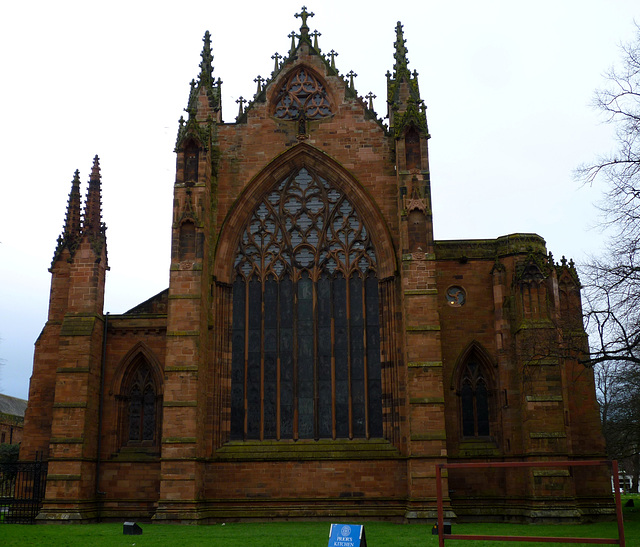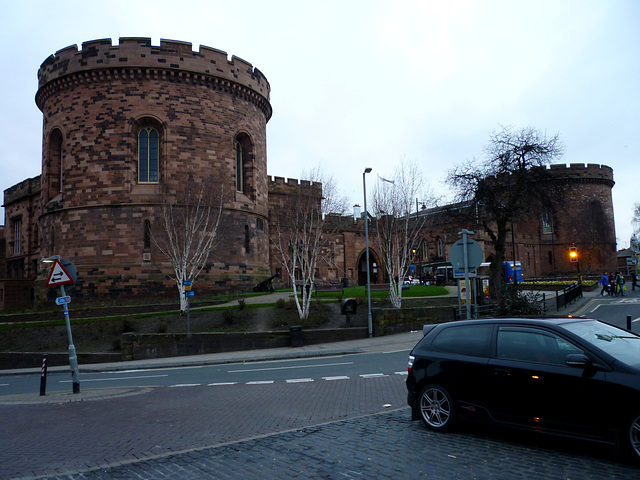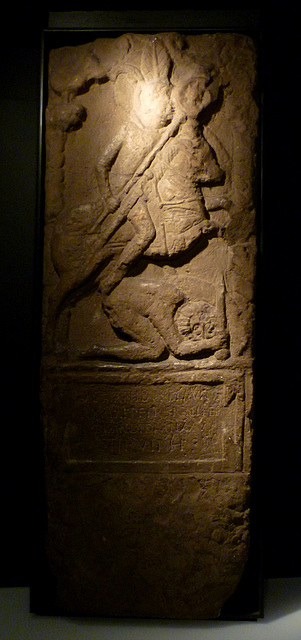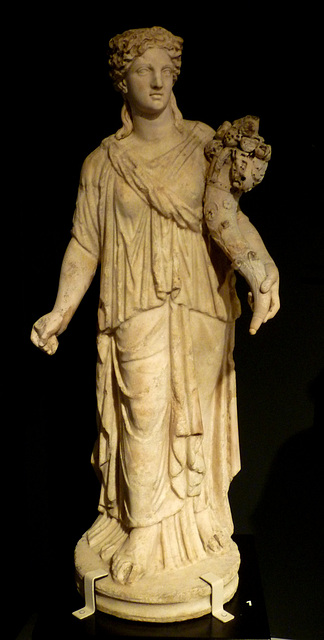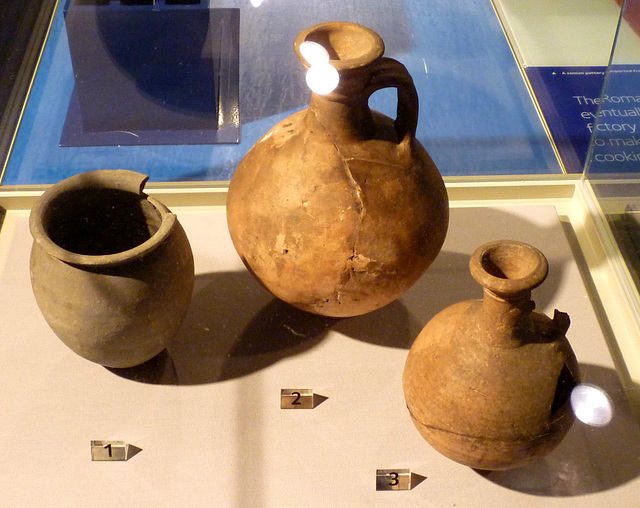
Carlisle
Folder: Places
Carlisle is the county town of Cumbria in North West England.
The early history of Carlisle is marked by its status as a Roman settlement, established to serve the forts on Hadrian's Wall.
During the Middle Ages, because of its proximity to the Kingdom of Scotland, Carlisle became an important military stronghold. Carlisle Castle, still relatively intact, was built in 1092 by William Rufus, and …
(read more)
25 Feb 2012
Tombstone
Large Tombstone - this was rescued from Hexham Abbey and belongs to a Roman soldier of the rank of standard-bearer, who was killed at the age of twenty-five and buried at Corstopitum (Corbridge).
It represents a mounted soldier riding over a prostrate barbarian. The soldier is well armed, wears a helmet with high crest and plume, and round his neck is a torque, which indicates his high rank. In his right hand he carries the standard which displays the sun god, Sol, in a circle. The long sword is sheathed, and no other weapon is seen.
The barbarian is naked, and carries a large oval shield by a strap with his left arm, while his right hand grasps a short leaf-shaped sword of strikingly different form to that worn by his conqueror.
Below the sculpture is the inscription :
DIS. MANIBVS. FLAVINVS
EQ. ALAE. PETR. SIGNIFER
TFR. CANDIDI. AN. XXV
STIP. VII. H. S.
" To the shades of the departed to Flavinus standard-bearer of the cavalry of Petriana of the white troop, twenty-five years of age and seven years' service is laid here."
Tullie House Museum, Carlisle, England.
February 2012.
25 Feb 2012
Roman Cavalry Parade Mask
There would have been a hinge at the top so it could have been worn with a helmet.
Tullie House Museum, Carlisle, England.
February 2012.
25 Feb 2012
Fortuna
Fortuna, the Roman goddess of good fortune was usually shown with a ship's rudder and a cornucopia full of food and flowers. The rudder meant that she would steer people safely home and the cornucopia showed that the goddess would bring good things to her worshippers.
This white marble figure is from the Mediterranean (on loan from the British Museum).
Tullie House Museum, Carlisle, England.
February 2012.
25 Feb 2012
Roman Army Tent
A reproduction of a Roman army tent made from goat skins which have been stitched together.
Tullie House Museum, Carlisle, England.
February 2012.
Jump to top
RSS feed- Latest items - Subscribe to the latest items added to this album
- ipernity © 2007-2024
- Help & Contact
|
Club news
|
About ipernity
|
History |
ipernity Club & Prices |
Guide of good conduct
Donate | Group guidelines | Privacy policy | Terms of use | Statutes | In memoria -
Facebook
Twitter

